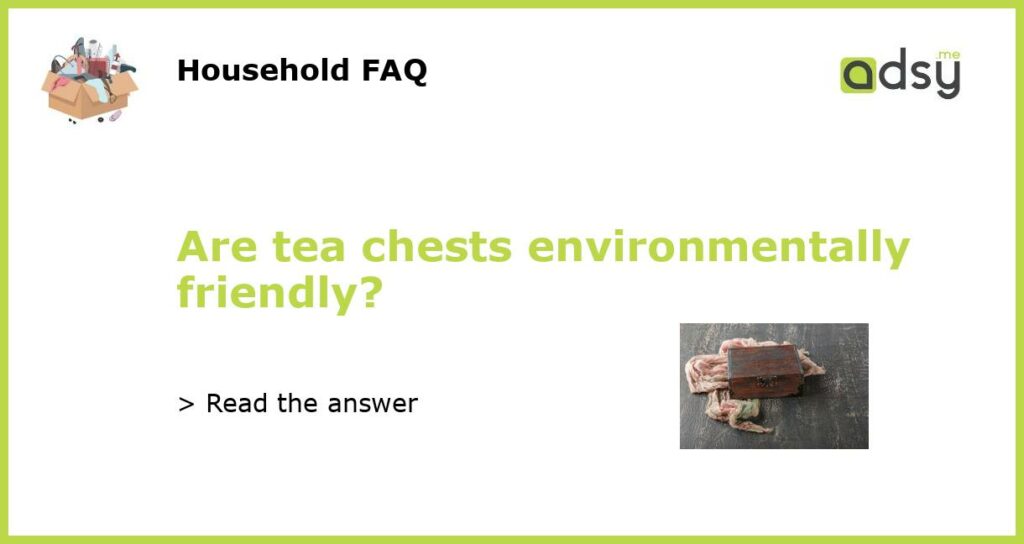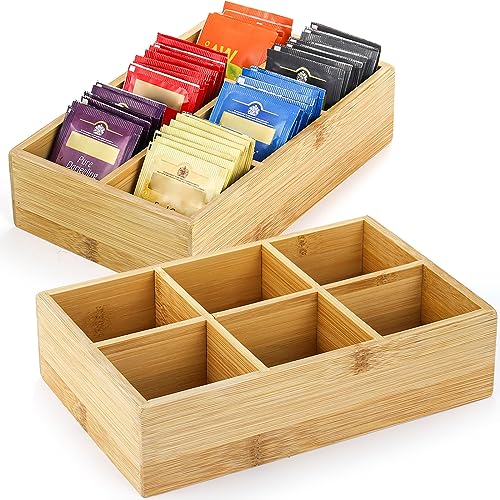What are tea chests?
Tea chests are wooden boxes specifically designed for packaging and transporting tea leaves. They are often made from sturdy, sustainable wood like pine or spruce and are typically lined with a food-grade aluminum foil to preserve the freshness and flavor of the tea. Tea chests come in different sizes and are commonly used by tea manufacturers and distributors to package their products.
Environmental impact of tea chests
In terms of environmental impact, tea chests have several factors to consider. On one hand, they are made from renewable resources like wood, which can be sustainably sourced. Many tea chest manufacturers also prioritize using wood that is certified by organizations like the Forest Stewardship Council (FSC), which ensures responsible forest management practices.
However, the production of tea chests still requires the cutting down of trees, which can contribute to deforestation and habitat loss if not managed carefully. Additionally, the process of converting wood into tea chests involves energy-intensive manufacturing techniques such as sawing, drying, and assembling the boxes.
Reusability and recyclability of tea chests
Tea chests, like other types of packaging, can have varying levels of reusability and recyclability. Some tea chests are designed to be sturdy and durable, allowing them to be reused multiple times before they reach the end of their lifecycle. These boxes can be repurposed for storage or even upcycled into creative DIY projects.
When it comes to recyclability, tea chests made from untreated wood can typically be recycled through proper waste management channels. However, tea chests that have been treated with preservatives or finishes may not be accepted by standard recycling facilities. It’s important to check with local waste management authorities or recycling centers to determine the specific guidelines for recycling tea chests in your area.
Alternatives to tea chests
For tea manufacturers and distributors looking for more environmentally-friendly packaging options, there are a few alternatives to traditional tea chests:
- Cardboard boxes: Cardboard boxes are widely recyclable and can be a more sustainable option compared to wooden tea chests. They can also be made from recycled materials, further reducing the environmental impact.
- Tin cans: Metal tins are another popular choice for tea packaging. They are reusable, recyclable, and provide good protection for the tea inside. Some companies even offer refill programs where customers can return their empty tins for a refill.
- Biodegradable pouches: Biodegradable pouches made from materials like cornstarch or plant-based fibers are an eco-friendly alternative. These pouches can break down naturally over time, minimizing their impact on the environment.
Conclusion: Considerations for using tea chests
When assessing the environmental friendliness of tea chests, it’s important to consider factors such as the sourcing of the wood, the manufacturing process, the reusability and recyclability of the boxes, and the availability of alternative packaging options.
Tea chests made from certified sustainable wood and designed for multiple uses can be a relatively environmentally-friendly choice. However, it’s essential to ensure that the wood is sourced responsibly and that any treatments or finishes used on the boxes are eco-friendly. Additionally, exploring alternative packaging options such as cardboard boxes, metal tins, or biodegradable pouches can be a step towards reducing the environmental impact of tea packaging.






